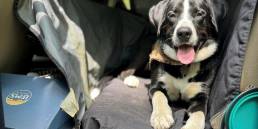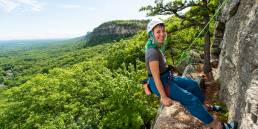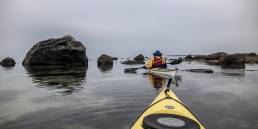Stepping out of the car at the Lincoln Woods trailhead just a little before eight in the morning a few springs ago, it was obvious that the conditions weren’t ideal for doing an overnight of the iconic Pemi Loop. The temperature was already pushing into the 80s, the air was heavy with humidity, and the next day’s forecast was dreary. No strangers to type two fun—the type of activity that sucks at the time, but is remembered fondly—we nevertheless set off on the Loop’s roughly 30 miles and 9,000 feet of elevation gain to tick its 12 4,000-footers. While we both loved this trip, in the moment it was anything but fun.

Day One: Franconia and Garfield Ridge
Our day one itinerary was to hike from Lincoln Woods, across Franconia Ridge, over Garfield, ending at a tucked-away backcountry campsite near the Galehead Hut. The day would largely be above treeline and net us more than half of the trip’s total mileage plus six 4,000-footers. But in addition to the significant elevation gain and rough terrain, the route presented a logistical challenge: to replenish our water bottles, we would either need to make a side trip (taking us off course and adding elevation and mileage) or wait to refill until we were within a couple of miles of the day’s endpoint.
Despite shouldering heavy packs, we made good time to the summit of Mount Flume, but we weren’t quick enough to avoid the heat of the day. Since leaving the car, the temperature had risen into the 90s and barely a cloud was in sight. With the sun beating down on us from our position on Flume’s cliff-like summit, we enjoyed stellar views while cautiously sipping from our bottles, understanding that we had to make our water supply (three liters each) last.
As we traversed the iconic Franconia Ridge, the vantage point was awesome. But we’d also started complaining—the temperature remained oppressive and the humidity thick. Reaching Mount Lincoln’s summit, we celebrated as clouds rolled in. Although the views started to disappear, the clouds eased the sun’s sting, signaling a potential end of the unbearable conditions. As we moved along, we got a good laugh at Tim’s laments about spending the prior evening at an all-you-can-eat Brazilian barbecue joint.
Shortly after we summited Mount Lafayette, the elevation started to work in our favor as we descended toward Garfield. At this point, we were a tad dehydrated, but reprieve seemed just a short distance away. Gunning it for the Garfield spring, we bypassed a chance to refill our bottles at Garfield Pond (a mistake in hindsight), then suffered up the rugged trail to Garfield’s summit. Whatever satisfaction we should have felt from reaching the summit (and its wonderful overlook of the Pemi) was tempered by dry mouths, dwindling water supplies, and an overpowering desire to reach the spring.
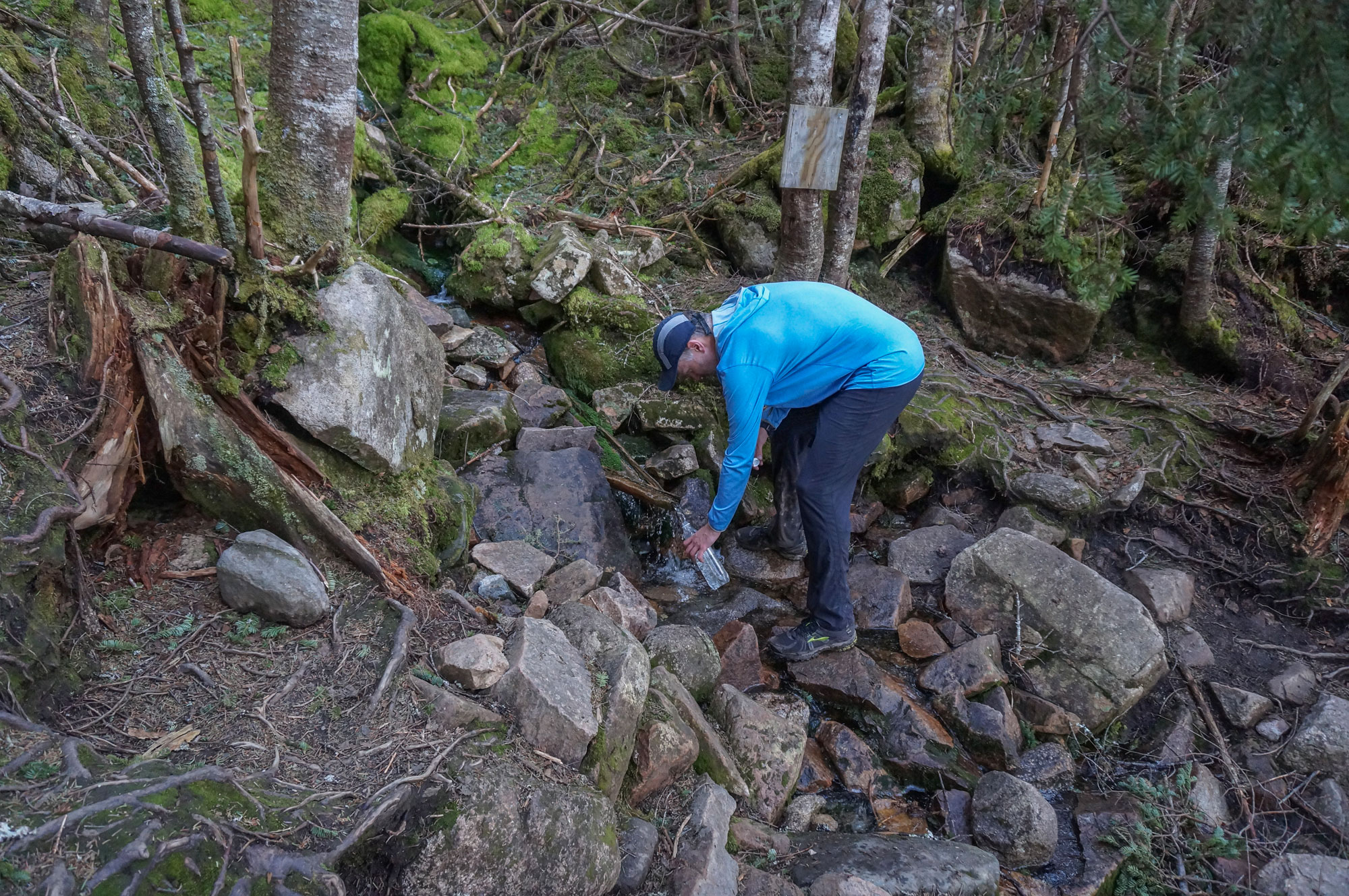
Garfield Shelter and Galehead
When we made it to the spring at Garfield Shelter, we sipped deeply—or as deeply as you can through a Sawyer Mini Water Filter—quenching our thirst, revitalizing our dehydrated bodies, and re-stoking our psych. With bellies and bottles full of water, we trudged onward toward Mount Galehead (our sixth 4,000-footer of the day) before cooking our dinner and once again refilling our bottles, this time from the convenience of the sink at Galehead Hut.
After a good meal of ramen noodles, drinking to our heart’s content, and easily finding the out-of-the-way campsite we were clued into, our enthusiasm was high. We believed we survived the crux of the trip and the next day’s mileage would come easily. Our elation was only bolstered by dropping temps and the promise of a cooler day ahead. Of course, when it comes to weather in the White Mountains, be careful what you wish for.
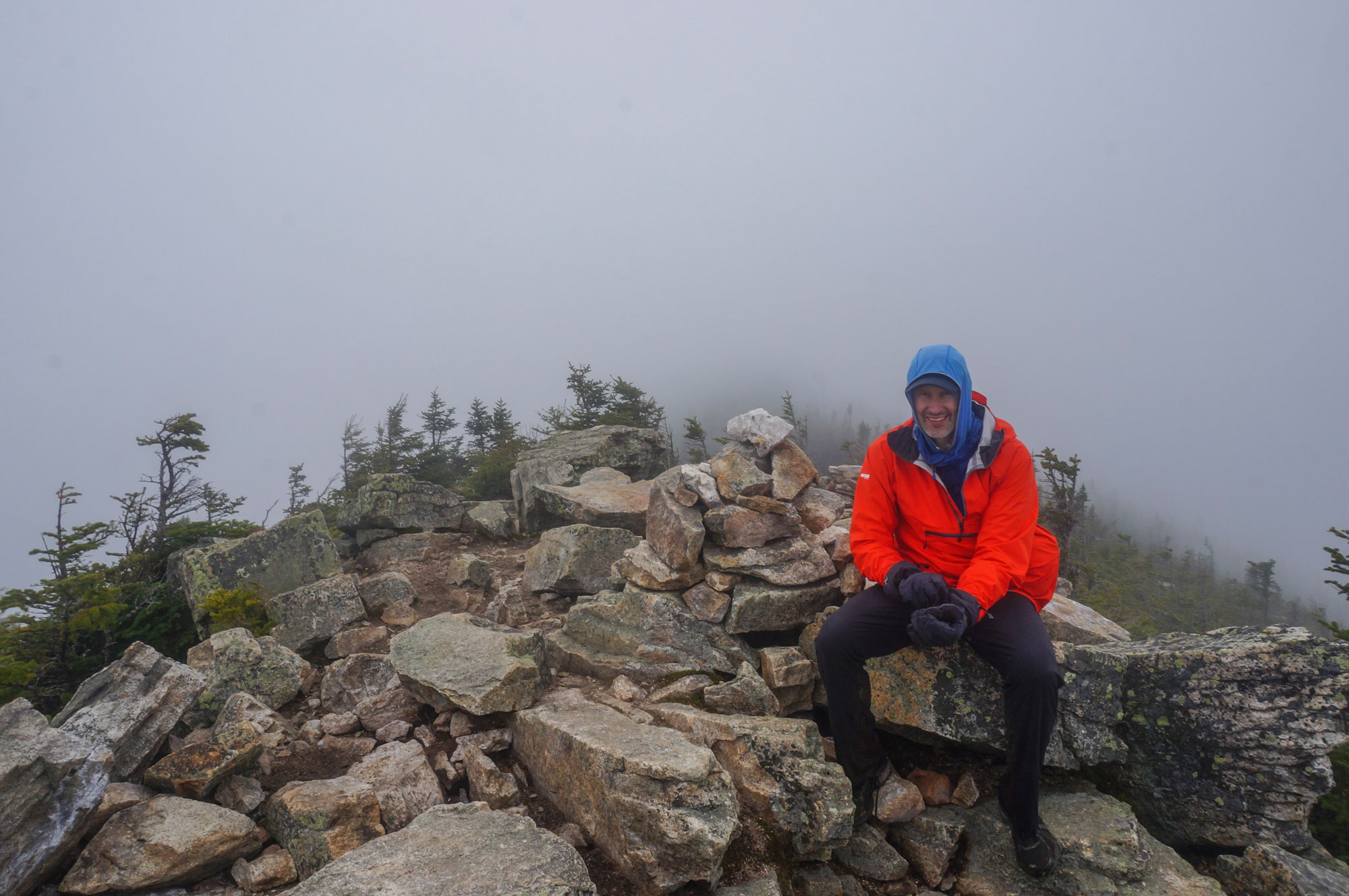
Day Two: The Twinway, Zealand, and the Bonds
Waking up the next morning, it was noticeably cold and we scrambled to dig puffies, winter hats, and gloves from our packs. Temperatures hovered around 40 degrees, a more than 50-degree swing from the day before. A slight drizzle only added to the rawness of the air. Luckily, if you can call it luck, we had the steep climb up South Twin—more than a thousand feet in less than a mile—to warm us up.
Alternating between puffies, raincoats, windshirts, and cold-weather accessories like hats, gloves, and buffs, we managed to remain somewhat comfortable as we bagged both Twins and began working our way toward Guyot and Zealand. The only thing slowing our pace was the snow still lingering on the Twinway, impressive considering the extremely high temperatures of the day before.
Somewhere between West Bond and Mount Bond, the cumulative effects of the cold, damp weather and walking on wet, snow-covered trails begin to take their toll and provide a strong reminder of the challenge presented by the ever-changing weather of the White Mountains. Moreover, what is usually among the best sections of trail in the Whites was entirely fogged in, giving us no views to speak of. By the time we reached Bondcliff, all efforts to remain comfortable were forgone and the 7ish-mile sprint downhill to the car began.
Tired, soaked, and nearly shivering, we reached the car in mid-afternoon. Here, the contrast was stark from the day before. Rather than blue skies, sunshine, and warmth, we were treated to overcast skies, mist, and frigid temperatures. The bustling parking lot of the day before was virtually empty—the foul weather seemingly convincing most hikers to stay inside—allowing us to strip wet layers and don the clean dry clothes we’d stashed in the car. With the Pemi complete, our thoughts of warm and cold turned to the temperatures of the burgers and beers awaiting us in town.
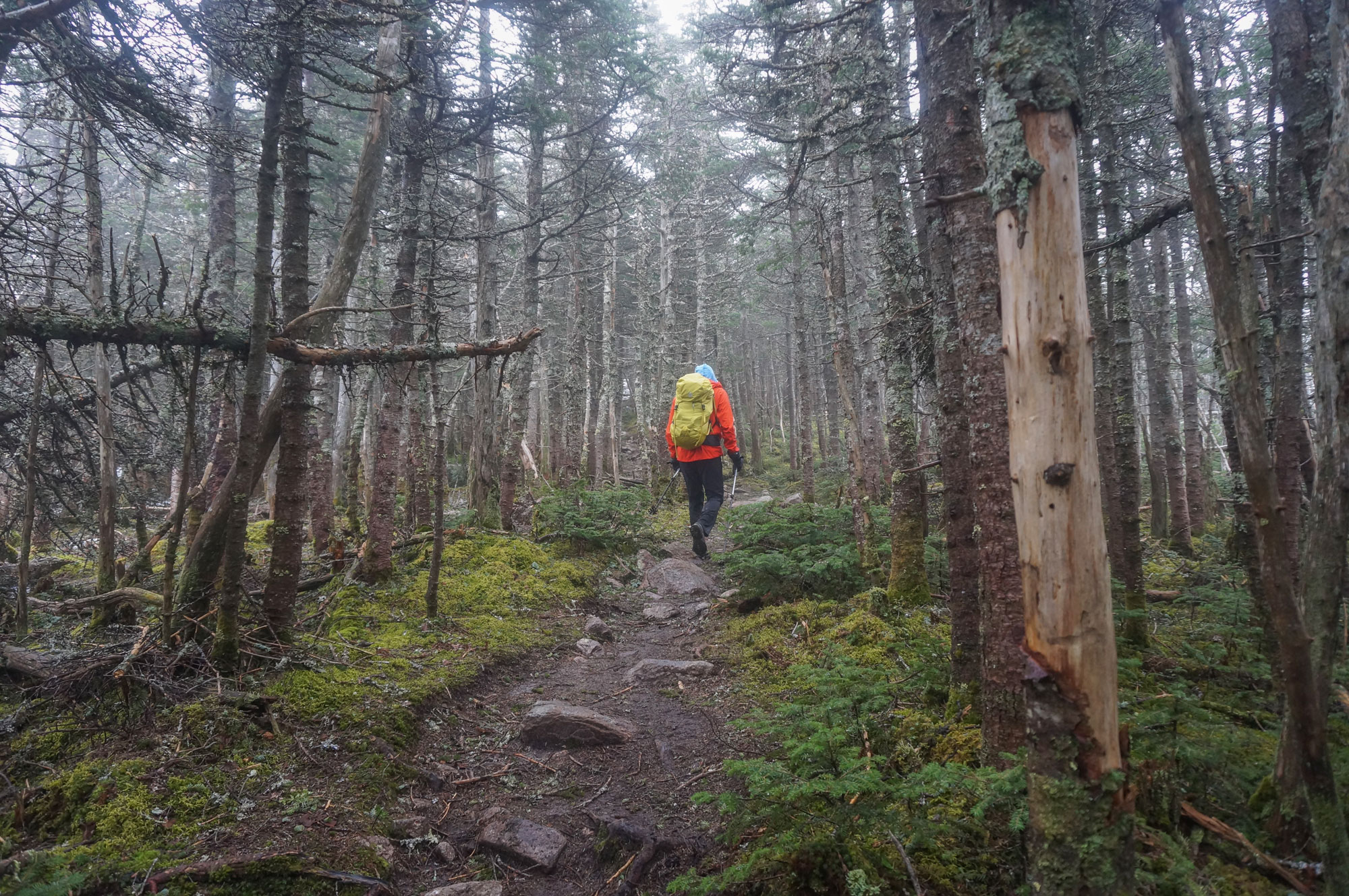
A Memory-Making Experience
The weather in the White Mountains is notoriously unpredictable, however, rarely do you experience such extremes in such a condensed period of time. Although much of our Pemi Loop was spent bemoaning at first the heat, and then the cold, we both remember the trip fondly. In the end, it wasn’t the thirst of the first day or the insidious cold of the second that created lasting memories—it was the stellar views from Franconia Ridge, reliving the taste of the cool, crisp water from the spring at Garfield Shelter, the feeling of pulling on fresh clothes at the car, along with the empty summits and feeling of accomplishment that remain.
If you look closely enough at the photos from that day, you might even see us cracking a smile.
Tim Peck and Doug Martland
Tim and Doug met long ago at the Eastern Mountain Sports in Canton, Massachusetts. Bonding over a love of slick Quincy Quarry granite, White Mountain sufferfests, and scheming up adventures while folding tee-shirts, today Tim and Doug collaborate to write about their favorite outdoor activities and occasionally get nostalgic about tee-shirt tables.
Related Posts
April 24, 2024
What to Bring When Road Tripping with Your Dog
Prepare for the ultimate road trip with…


